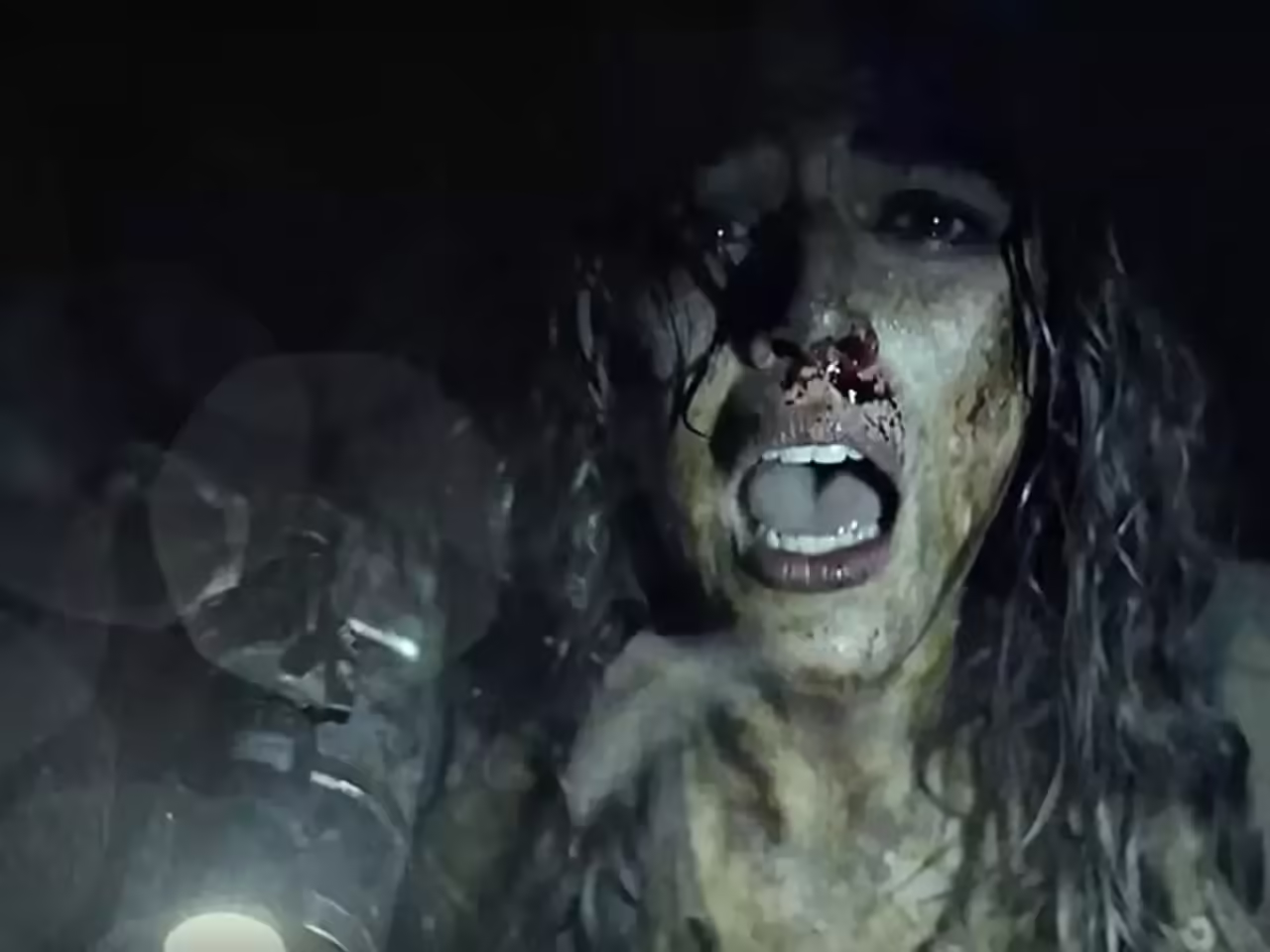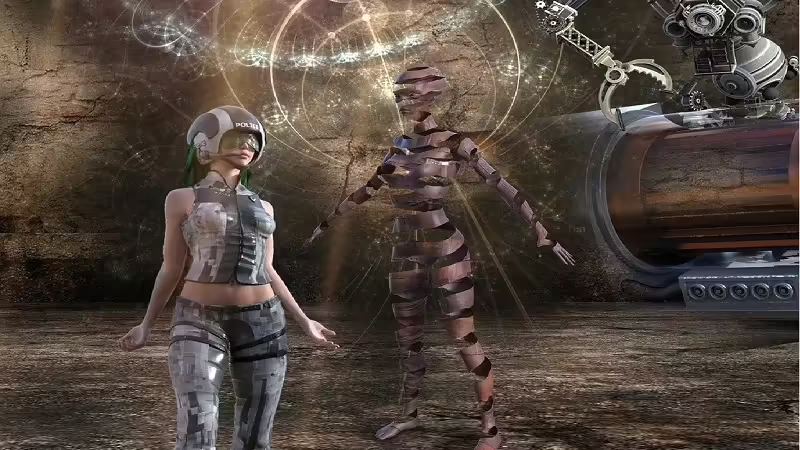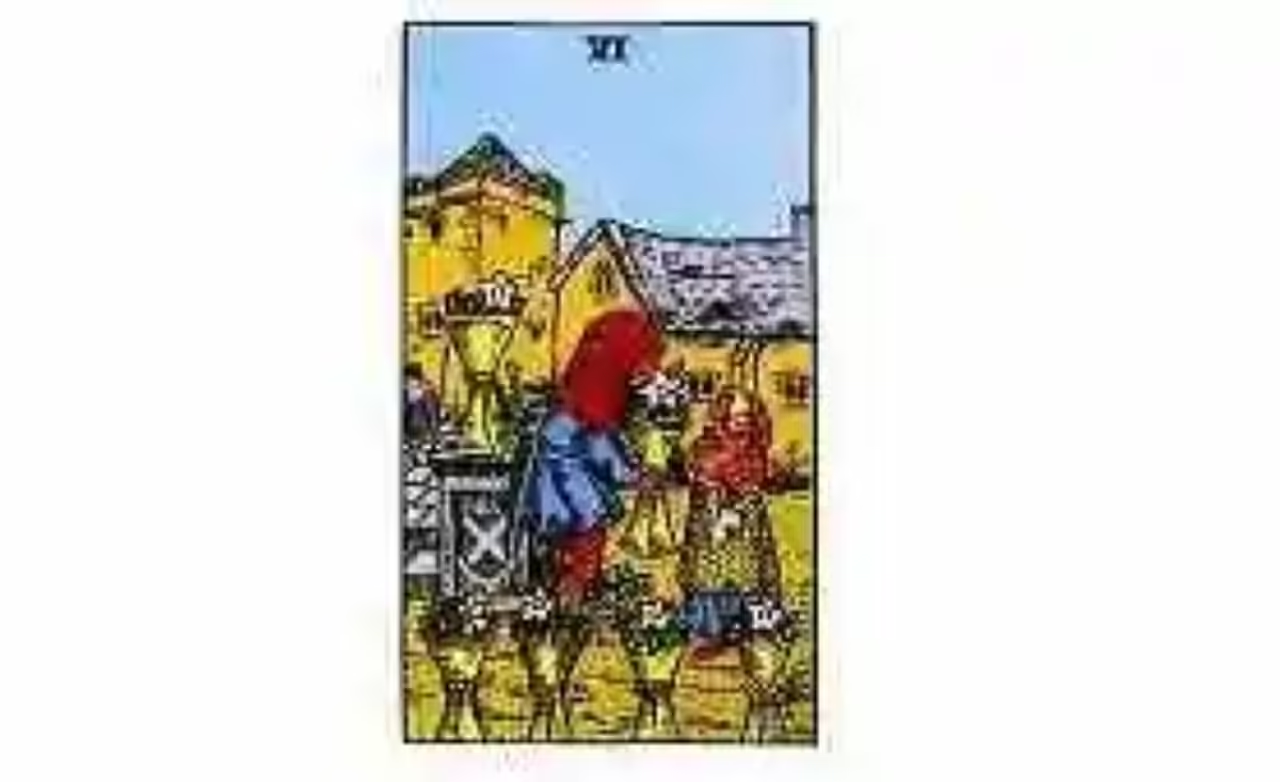
Film Introduction
In 1999, a low-budget film called “The Blair Witch Project” shocked critics and audiences alike. Directed by Daniel Myrick and Eduardo Sanchez, the film was billed as a documentary made by a group of filmmakers who went missing while filming a local legend about a witch in the Maryland woods. The film became a box office hit and changed the way horror films were made.
The success of “The Blair Witch Project” was due in large part to its innovative narrative. The film was presented as a real documentary and was made on a very low budget, which gave it an air of authenticity that appealed to viewers. In addition, the film was shot in handheld video format, which created a sense of immediacy and realism that translated into a terrifying experience for audiences.
The film also effectively utilized the fear of the unknown. Rather than explicitly showing the witch, “The Blair Witch Project” focused on the tension and mystery of the situation. The film did not show the monster, but allowed the viewer to imagine what was happening in the forest. This generated a sense of fear and tension that was maintained throughout the film.
Another factor that contributed to the film’s success was its innovative approach to marketing. The filmmakers created a fake website for the film and spread rumors about its authenticity, which generated buzz and a viral reaction. This helped boost the film’s box office and establish its legacy as a horror film classic.
“The Blair Witch Project” had a huge impact on the horror genre and changed the way scary movies were made. The film influenced a number of subsequent films that adopted its narrative approach and filming style. In addition, the film inspired a series of sequels and spin-offs, demonstrating its lasting impact on popular culture.
The concept of “The Blair Witch Project”
In 1999, an independent horror film became a cultural phenomenon. “The Blair Witch Project” was a low-budget film that billed itself as an actual documentary about a group of filmmakers who disappeared while filming a local legend about a witch in the Maryland woods. The film was directed by Daniel Myrick and Eduardo Sanchez, who conceived the idea while studying film at the University of Central Florida. In this article, we will explore how the filmmakers conceived the idea for the film and how they carried out the production.
The idea for “The Blair Witch Project” grew out of Myrick and Sanchez’s fascination with the horror genre and local legends. The filmmakers were inspired by the story of the Blair Witch, a Maryland legend about a witch who inhabited a nearby forest. The idea to make a documentary-like film about the witch’s quest came to them while exploring the Maryland woods.
Myrick and Sanchez began working on the script for the film and developed the story of three filmmakers who go into the woods to film a documentary about the Blair Witch and mysteriously disappear. The filmmakers decided to make the film in a handheld video format, which allowed them greater freedom in filming and a more realistic approach to storytelling.
For the production, Myrick and Sanchez chose a cast of unknown actors who could improvise in scenes. Most of the film was shot in the Maryland woods, which added an element of authenticity to the film. The filmmakers also used a “total immersion” approach to production, keeping the actors isolated in the woods and giving them little food and supplies to create a sense of desperation and tension.
The production process for “The Blair Witch Project” was an intense and grueling experience for Myrick and Sanchez, but the end result proved to be a surprise box office success and cultural sensation. The film changed the horror genre and established a new narrative and production approach for independent horror films.
Innovative storytelling
The production style is based on the “handheld camera” technique, meaning that the entire film is shot from the perspective of the video camera held by one of the characters. The camera becomes another character of sorts, following the protagonists on their quest in the forest and capturing their experience. It is also presented as a compilation of footage found after the filmmakers disappeared, which makes it seem more realistic.
The film’s narrative is very innovative because it breaks with traditional horror film narrative conventions. Instead of having a clear protagonist and a defined antagonist, “The Blair Witch Project” focuses on the experience of the missing filmmakers and their struggle to survive in the woods. The film also uses the technique of “suspension of disbelief” to make it seem more realistic, which makes the viewer feel more immersed in the characters’ experience.
The film uses a minimalist approach in its storytelling, which means it focuses on atmosphere and tension rather than having a complex plot. The filmmakers also use sound and darkness to create a sense of tension and mystery in the film.
Box office success
“The Blair Witch Project” was a surprise box office success in 1999, with a production budget of only $60,000, grossing over $248 million worldwide. The film became a cultural phenomenon and changed the way horror movies were made, and its box office success was the result of several factors.
The film’s low budget was a key factor in its box office success. The film was shot in 8 days with a small crew and a low-budget video camera, which made the production cost very low. This allowed the filmmakers to focus on creativity and innovation rather than worrying about the budget, and also allowed the film to have a large profit margin.
Similarly, the innovative approach to the horror genre was another contributing factor to the box office success of “The Blair Witch Project.” The film broke with the conventions of the genre, presenting a story based on character experience rather than a complex plot. It also used “hand-held camera” and “found footage” techniques to make it look more realistic, which made the viewer feel more immersed in the story.
Marketing also played an important role in the box office success of “The Blair Witch Project.” The film was promoted as a true story, with the missing filmmakers and the legend of the Blair Witch as central elements in the advertising campaign. This created a great deal of public expectation and curiosity, which led to a large number of people seeing the film.
The film benefited from a very positive word-of-mouth campaign. Viewers who saw the film were impressed by its innovative approach and the sense of unease and tension it created. This led to a large number of recommendations, which helped the film to have a long run at the box office.
The impact on film marketing
The film was promoted in a unique way, using viral marketing techniques that at the time were relatively new.
The advertising campaign for “The Blair Witch Project” began long before the movie was released. The filmmakers and advertisers created a fake website that appeared to be a real news website. The website featured information about the Blair Witch story and contained articles about the disappearance of the group of filmmakers mentioned in the movie. In addition, the website included photographs and interviews with the missing members of the group of filmmakers, which gave the story a sense of authenticity.
The publicity campaign also included spreading rumors about the authenticity of the story. Publicists sent e-mails and flyers to film festivals and other film-related events, claiming that the film was based on true events. These rumors helped increase interest and anticipation for the film.
Viral marketing also included the creation of a trailer that showed nothing of the film itself, but simply the characters in their preparations for the expedition. The trailer was aired in theaters and on television, and generated a great deal of interest and curiosity among viewers.
The unique and viral marketing approach was a huge success for “The Blair Witch Project.” The film became a cultural phenomenon and its low budget and innovative approach to the horror genre were an inspiration to filmmakers and advertisers alike.
The Blair Witch Legacy
The direct sequel to “The Blair Witch Project” was “The Book of Shadows: Blair Witch 2,” released in 2000. Although the film did not have the same cultural impact as the original, it still managed to earn $47 million at the worldwide box office. In 2016, a third installment was released, simply titled “Blair Witch.” The film was a moderate success at the box office and received mixed reviews, but proved that interest in the franchise was still strong.
In addition to direct sequels, “The Blair Witch Project” also inspired a number of spin-offs and spin-off products. In 2000, a PC video game titled “Blair Witch Volume I: Rustin Parr” was released, followed by a sequel game in 2001. In 2019, a new version of the video game was released simply titled “Blair Witch”. Novels and comic books based on the Blair Witch story have also been produced.
The impact of “The Blair Witch Project” can also be seen in horror films in general. The film inspired a new wave of “found footage” films, where a story is presented through home or documentary-style recordings. Films such as “Paranormal Activity,” “REC” and “Cloverfield” were inspired by the success of “The Blair Witch Project” and used the same approach to create a more immersive horror experience for the viewer.
Film Reviews
The film received mixed reviews upon its initial release, and has since been the subject of debate about its value as a horror film and its impact on the found footage genre.
In general, reviews of the film were split between those who found it scary and effective, and those who found it dull and pointless. Many critics praised the filmmakers’ ability to create a tense and creepy atmosphere, but others criticized the lack of character development and the confusing plot.
Some critics argued that the film was simply a marketing ploy and that its supposed authenticity as a found documentary was a sham. Others criticized the filmmakers’ decision to show very little of the witch herself, arguing that this made the film less frightening.
![Image 1. [Map] City Navigator Middle East and Northern Africa NT for Garmin Garmin devices that support and X](/wp-content/uploads/images/random/imagen-4.AVIF)






